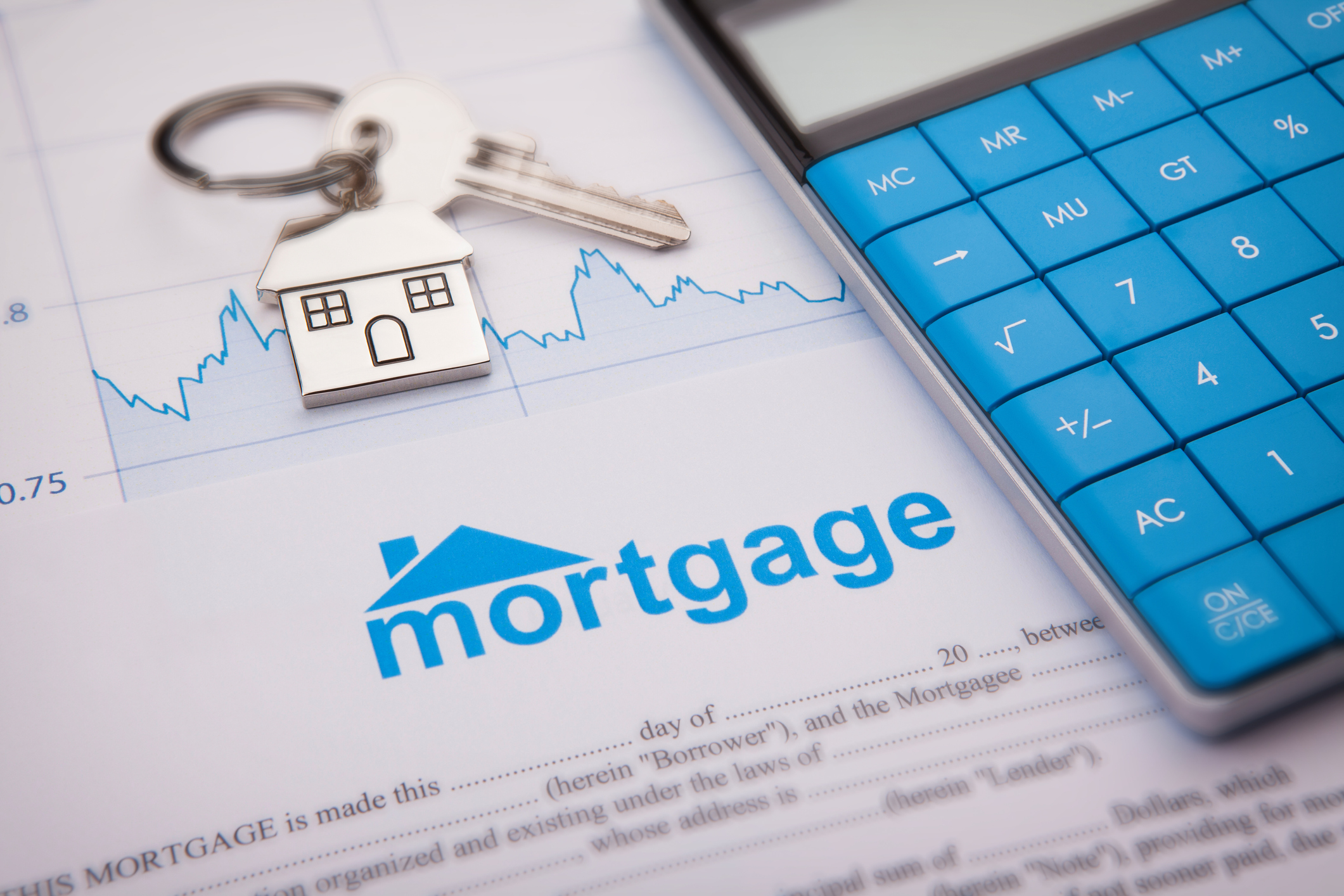Understanding Conventional Mortgage Loans: Benefits and Requirements
Understanding Conventional Mortgage Loans: Benefits and Requirements
Blog Article
The Necessary Elements to Think About When Deciding On In Between Fixed-Rate and Adjustable-Rate Home Mortgage Fundings
When reviewing home loan choices, debtors encounter an essential decision between fixed-rate and adjustable-rate fundings, each providing possible mistakes and distinct benefits. Key considerations such as interest price stability, predictability in monthly settlements, and the implications of possible price modifications can considerably influence lasting monetary health.
Rates Of Interest Security
When picking a mortgage, comprehending passion rate security is vital for notified decision-making. Interest prices can dramatically affect the total expense of a home mortgage, and acknowledging the nature of these prices is essential for borrowers.
On the other hand, variable-rate mortgages (ARMs) start with lower preliminary prices that may alter occasionally based upon market conditions. While this can lead to reduced settlements initially, it also introduces uncertainty, as consumers might encounter increased payments if rate of interest prices increase. For those taking into consideration an ARM, it is vital to assess the possibility of price modifications, the capacity for repayment boosts, and the size of the preliminary fixed-rate duration.
Eventually, the option in between fixed-rate and adjustable-rate home loans rests on private risk tolerance and financial situations. Recognizing rate of interest security assists consumers make educated choices that line up with their long-lasting monetary goals.
Month-to-month Settlement Predictability
While debtors commonly focus on rate of interest rate security, the predictability of regular monthly settlements is just as crucial in the home loan option procedure (Conventional mortgage loans). Regular monthly repayment predictability plays a vital role in budgeting and economic planning, as it directly influences a house owner's money circulation and general monetary health and wellness
Fixed-rate mortgages use a constant monthly settlement throughout the life of the lending, permitting customers to prepare for and prepare their costs properly. This security can be especially useful for newbie property buyers or those on a fixed revenue, as it eliminates the unpredictability related to changing repayments.
On the other hand, adjustable-rate home loans (ARMs) typically include lower preliminary repayments that can alter in time, bring about potential variability in monthly responsibilities. While at first enticing, this unpredictability can complicate economic planning, especially if debtors do not make up future rate changes.
Prospective Price Adjustments
In the world of variable-rate mortgages (ARMs), potential rate modifications stand for a substantial element that debtors must thoroughly think about. Unlike fixed-rate home mortgages, where the interest rate stays the same for the life of the lending, ARMs are characterized by varying rates of interest that are linked to market indices. This irregularity can lead to considerable adjustments in month-to-month settlements, influencing the consumer's economic planning and budgeting.
Debtors must be mindful of the margin and index utilized to calculate these changes, as they directly affect future rate of interest rates. In addition, ARMs often include caps that restrict just how much the passion rate can raise at each change and over the life of the finance, which can provide some degree of defense versus drastic price hikes.
Recognizing these prospective modifications is important for customers, as they straight affect long-lasting repayment obligations. Consequently, examining personal monetary situations and take the chance of tolerance is crucial when making a decision whether an ARM aligns with one's economic goals.
Loan Term Factors To Consider
Financing term factors to blog here consider play a pivotal function in the decision-making procedure for consumers picking in between adjustable-rate and fixed-rate home mortgages. The length of the loan term considerably impacts month-to-month payments, passion rates, and overall financial planning.

Ultimately, borrowers must analyze their individual conditions, economic goals, and market conditions when considering the effects of financing term selections within each home loan type.

General Price of Loaning
The overall cost of loaning is a crucial element that can dramatically affect a customer's choice in between fixed-rate and adjustable-rate mortgages. Fixed-rate mortgages supply foreseeable monthly settlements, as the rate of interest remains continuous throughout the lending term. This predictability can bring about reduced total costs, especially in a steady or decreasing rates of interest atmosphere. Borrowers can spending plan properly, recognizing their payments will not change.
Conversely, variable-rate mortgages (ARMs) typically start with reduced initial prices, causing lowered upfront costs. Read Full Article Nevertheless, these prices can enhance after a preliminary duration, resulting in possibly higher long-term expenses. Debtors need to consider the frequency and level of rate changes, in addition to the overall financing duration, to properly evaluate the financial implications.
Furthermore, the total price of loaning incorporates not only rate of interest but additionally costs and other linked costs, such as shutting expenses and insurance policy (Conventional mortgage loans). When evaluating home loan options, debtors must perform an extensive price analysis over the life of the lending. By doing so, they can make an enlightened decision that lines up with their economic goals and run the risk of tolerance
Conclusion
Interest rate stability and regular monthly repayment predictability are extremely important for effective budgeting, while the possibility for price changes in ARMs introduces monetary unpredictability. Furthermore, the click here for info awaited period of homeownership and the overall cost of loaning, consisting of interest prices and connected charges, must align with private monetary situations and risk tolerance.
Secret considerations such as rate of interest price stability, predictability in monthly repayments, and the effects of prospective rate adjustments can substantially affect long-lasting economic health and wellness. Rate of interest prices can substantially impact the overall cost of a home mortgage, and recognizing the nature of these rates is vital for borrowers. Unlike fixed-rate home mortgages, where the passion price remains the same for the life of the loan, ARMs are defined by fluctuating interest rates that are tied to market indices. Additionally, ARMs usually include caps that limit just how much the interest rate can boost at each change and over the life of the lending, which can provide some degree of protection against extreme price walkings.
Rate of interest price stability and regular monthly repayment predictability are extremely important for reliable budgeting, while the capacity for rate modifications in ARMs presents economic uncertainty.
Report this page